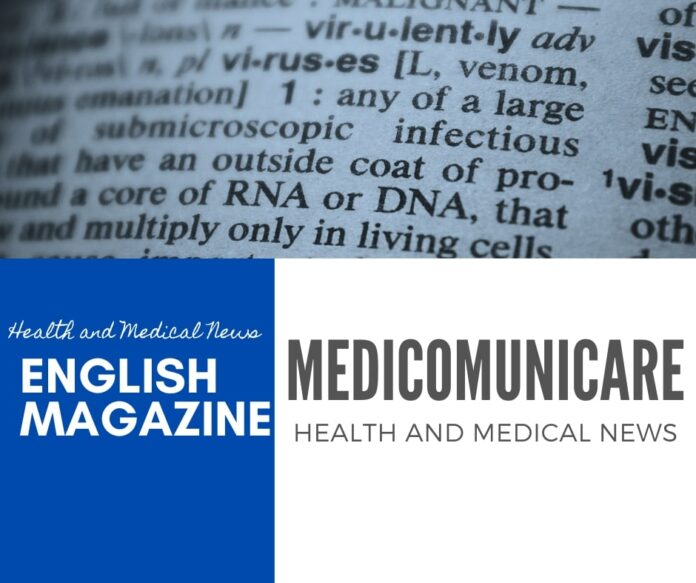The immune system plays a key role in detecting and destroying cancer cells. Cancer immunotherapy works by programming immune cells to recognize and eliminate cancer cells. However, many cancers can escape immune surveillance through various mechanisms, resulting in resistance to treatment. This highlights the need to better understand the molecular processes that enable immune evasion. The tumor microenvironment (TME)-the space surrounding a tumor-plays a critical role in interactions between cancer and immune cells. Cancer cells can reshape the TME to their advantage, weakening tumor-infiltrating lymphocytes (TILs), the immune cells that attack tumor.
Mitochondria, also known as the ‘powerhouse of the cell’ are small organelles that produce energy (in form of ATP) for various cellular processes. They play a significant role in the metabolic reprogramming of cancer cells and TILs. However, precise mechanisms underlying mitochondrial dysfunction and its impact on the TME are poorly understood. To address this knowledge gap, a tea m of researchers led by Professor Yosuke Togashi from Okayama University, Japan, has uncovered novel insights into mitochondrial dysfunction in cancer immune evasion.
Mitochondria carry their own DNA (mtDNA), which encodes proteins crucial for energy production and transfer. However, mtDNA is prone to damage, and mutations in mtDNA can promote tumor growth and metastasis. In this study, the researchers examined TILs from patients with cancer and found that they contained the same mtDNA mutations as the cancer cells. Further analysis revealed that these mutations were linked to abnormal mitochondrial structures and dysfunction in TILs. Using a fluorescent marker, the researchers tracked mitochondrial movement between cancer cells and T cells.
They found that mitochondria were transferred via direct cell-to-cell connections called tunneling nanotubes, as well as through extracellular vesicles. Once inside T cells, the cancer-derived mitochondria gradually replaced the original T cell mitochondria, leading to a state called ‘homoplasmy’, where all mtDNA copies in the cell are identical. Normally, damaged mitochondria in TILs are removed through a process called mitophagy. However, mitochondria transferred from cancer cells appeared to resist this degradation. The researchers discovered that mitophagy-inhibiting factors were co-transferred with the mitochondria, preventing their breakdown.
As a result, TILs experienced mitochondrial dysfunction, leading to reduced cell division, metabolic changes, increased oxidative stress, and impaired immune response. In mouse models, these dysfunctional TILs also showed resistance to immune checkpoint inhibitors, a type of immunotherapy. Notably, the presence of mtDNA mutations in tumour tissue samples predicted poor outcomes in PD-1 blockade therapies. These findings suggest that mtDNA-mutated mitochondrial transfer from cancer cells to TILs causes mitochondrial dysfunction and impairments in antitumour immunity. mtDNA is highly prone to mutations owing to the lack of histone protection and poor repair mechanisms.
Beyond the mutations evaluated by the researchers, numerous other mtDNA mutations that can induce mitochondrial dysfunction have been reported. Thus, many mtDNA mutations in cancer cells can induce mitochondrial dysfunction in TILs through mitochondrial transfer. By identifying mitochondrial transfer as a novel immune evasion mechanism, this study opens new possibilities for improving cancer treatment. Blocking mitochondrial transfer could enhance immunotherapy response, particularly in patients with treatment-resistant cancers. Cancer therapies often involve high costs and significant side effects, particularly when they are ineffective.
Enhancing the success of immunotherapy by inhibiting mitochondrial transfer could reduce the burden of cancer and improve of course patient outcomes.
- Edited by Dr. Gianfrancesco Cormaci, PhD, specialist in Clinical Biochemistry.
Scientific references
Ikeda H et al. Nature 2025 Feb; 638(8049):225-236.
Bida M et al. Front Immunol. 2024 Dec; 15:1497522.
Skoulidis F et al. Nature. 2024; 635(8038):462-471.
DePeaux K et al. Nat Rev Immunol. 2021; 21:785-97.

